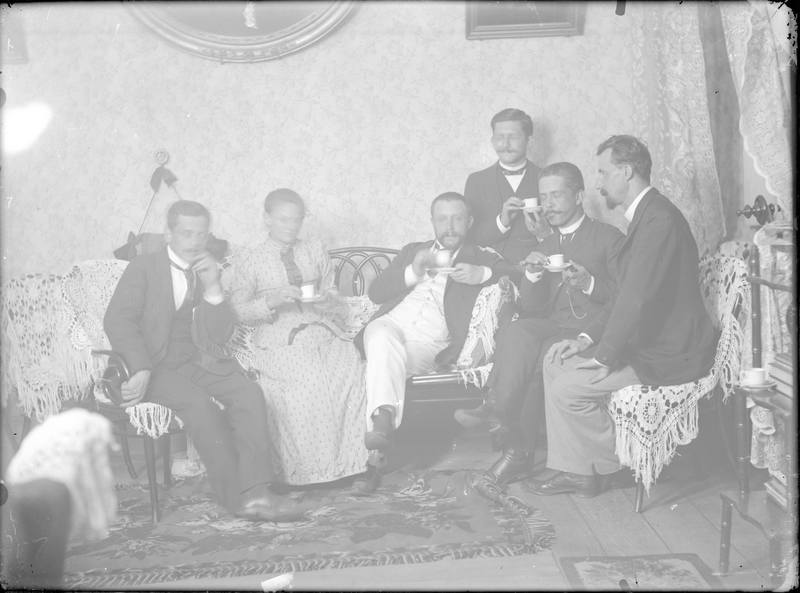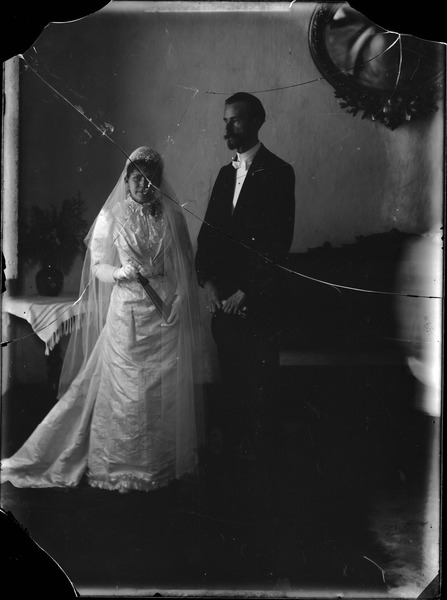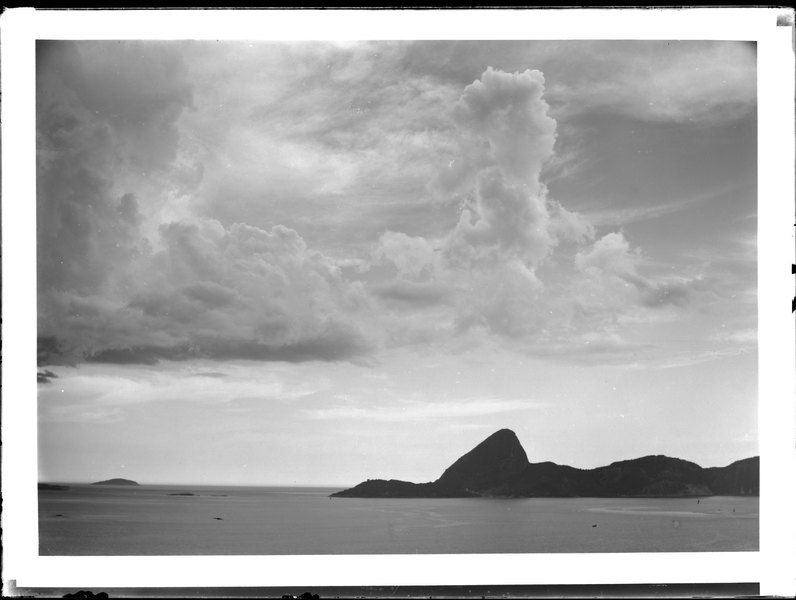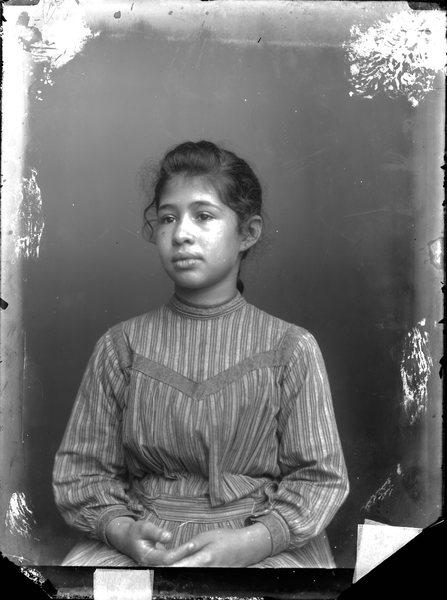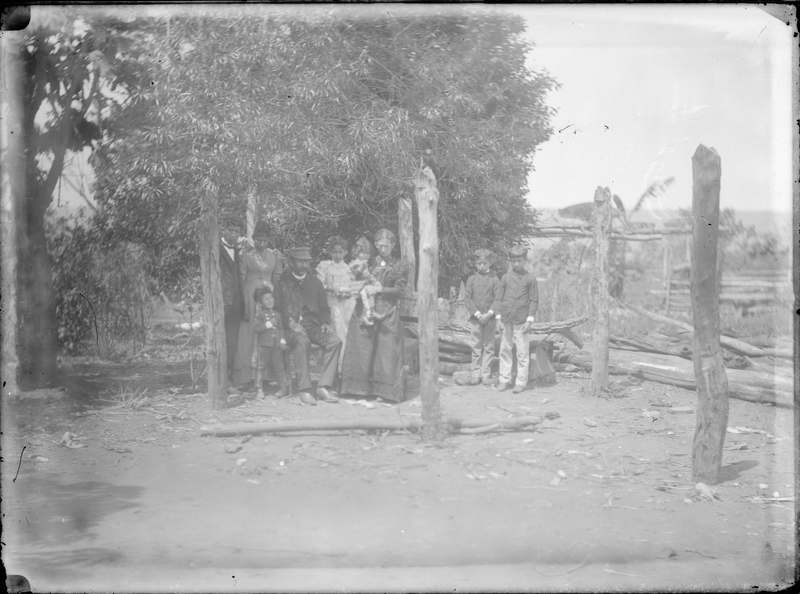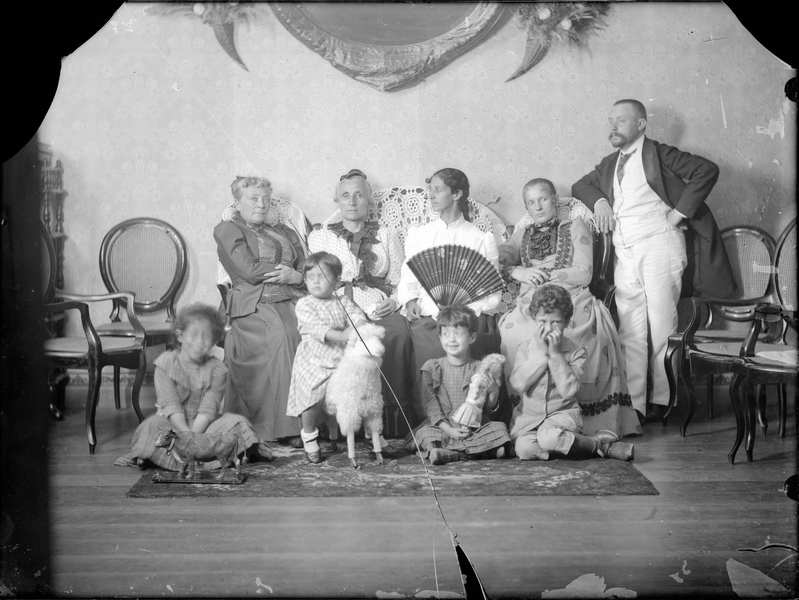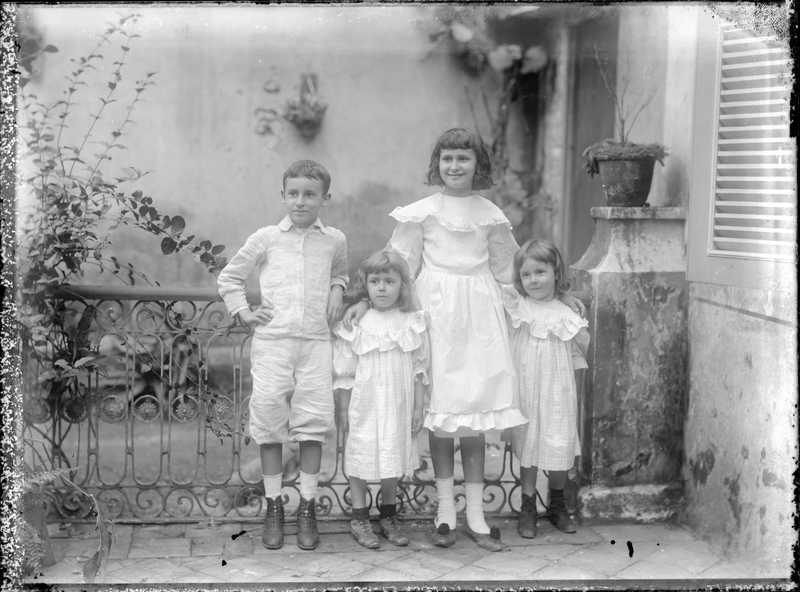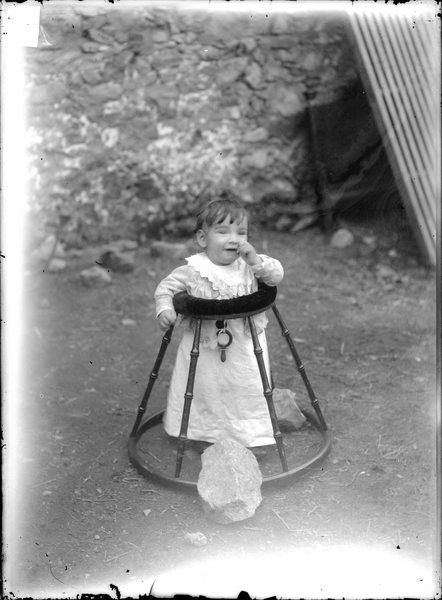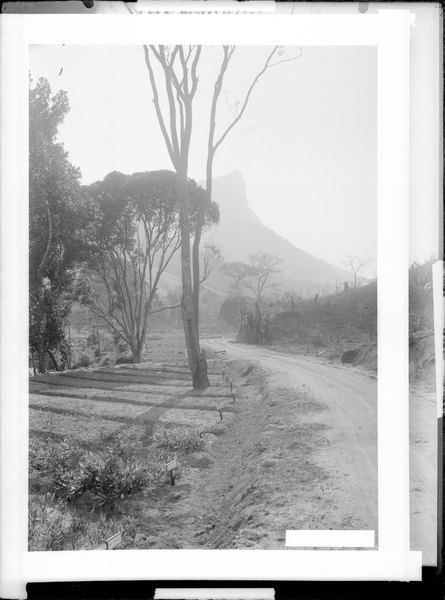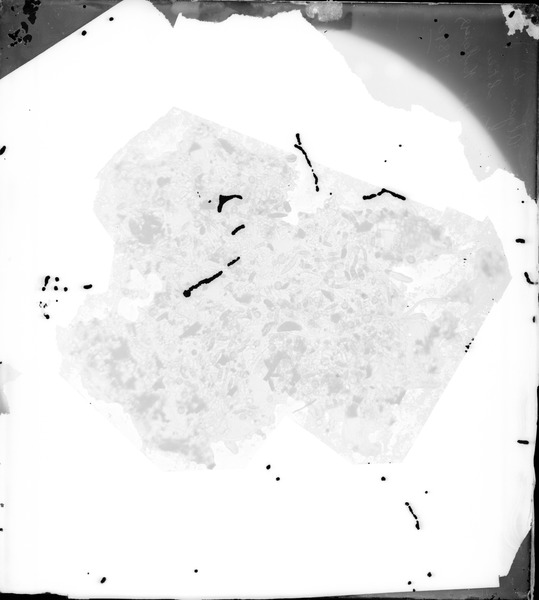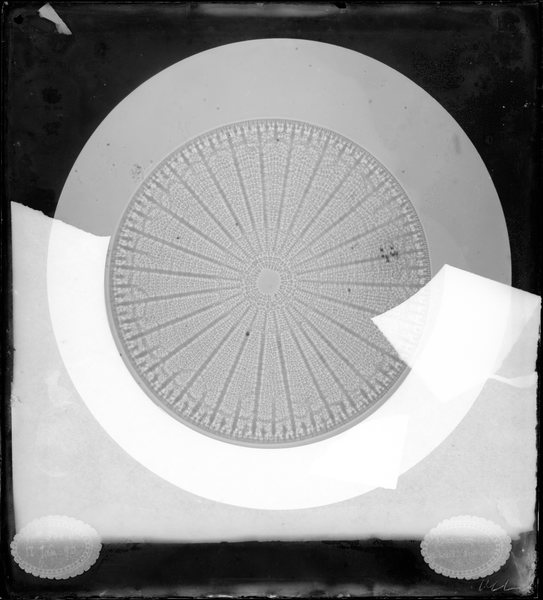
Daily life and photographic experiences
The photographic glass plates were used to register the daily life of the population, their habits and customs. People, monuments, events, nature, weather conditions and other aspects.
Over the plates, it used to be placed a photographic emulsion - a combination of gelatin with light-sensitive silver salts, which represented the first photographic recording technique since its invention in the 19th century. The device used to obtain the "snapshots" in the everyday life can be compared to the "town square photographers”, the "lambe-lambes", who bring back so much romanticism into our memories. On the scientific level, the cameras, which were specially built, were attached to the telescopes to record fields in the sky or to microscopes in order to photograph tiny creatures which were invisible to the naked eye.
Among his several scientific and academic activities, Henri Charles Morize (1860-1930), the Henry Morize, as he became known, had a hobby: photography. This "hobby" would become important for the photographic memory of the Observatório Nacional.
Note: The images of scanned plates have their names formed, initially, by three letters associated to a number to facilitate their location in the digital database and physical archive of the Observatório Nacional library.




